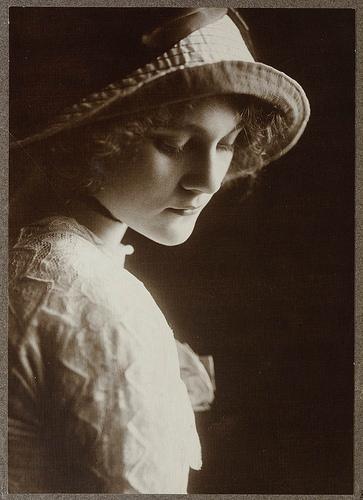


We all get swept up in moments which we think are going to define our lives and change our outlooks forever, but it’s often harder for us to change our ways as a result of one ‘lightbulb’ moment like this. We might ask whether Gabriel’s final epiphany in ‘The Dead’ represents a permanent and life-changing shift in his attitudes – the dawning of empathy, perhaps – or whether Joyce is inviting us to view the change in his mood as temporary. This epiphany often provides a similar function to a plot twist or denouement in a more traditional (i.e., plot-driven) story: at the end of a detective story the mystery is solved and the criminal unmasked, for instance.īut epiphanies in modernist fiction, and especially in the stories of Joyce’s Dubliners, are frequently ambiguously poised between capturing genuine enlightenment (the protagonist has a life-changing realisation) and temporary change of mood (the protagonist thinks they have undergone a life-changing experience, but in reality, nothing has changed and they will probably relapse into their old habits the next day). See the example of Gabriel’s ‘Generous tears’ below, for instance.Īnother key feature of James Joyce’s short stories, as with the stories of other modernist writers like Chekhov and Katherine Mansfield, is the epiphany: a realisation or revelation experienced by a central character in the story. One of the effects of this, of course, is that it becomes difficult to know when a particular word or phrase should be heard in the narrator’s voice or in the ‘voice’ of one of the characters.


 0 kommentar(er)
0 kommentar(er)
